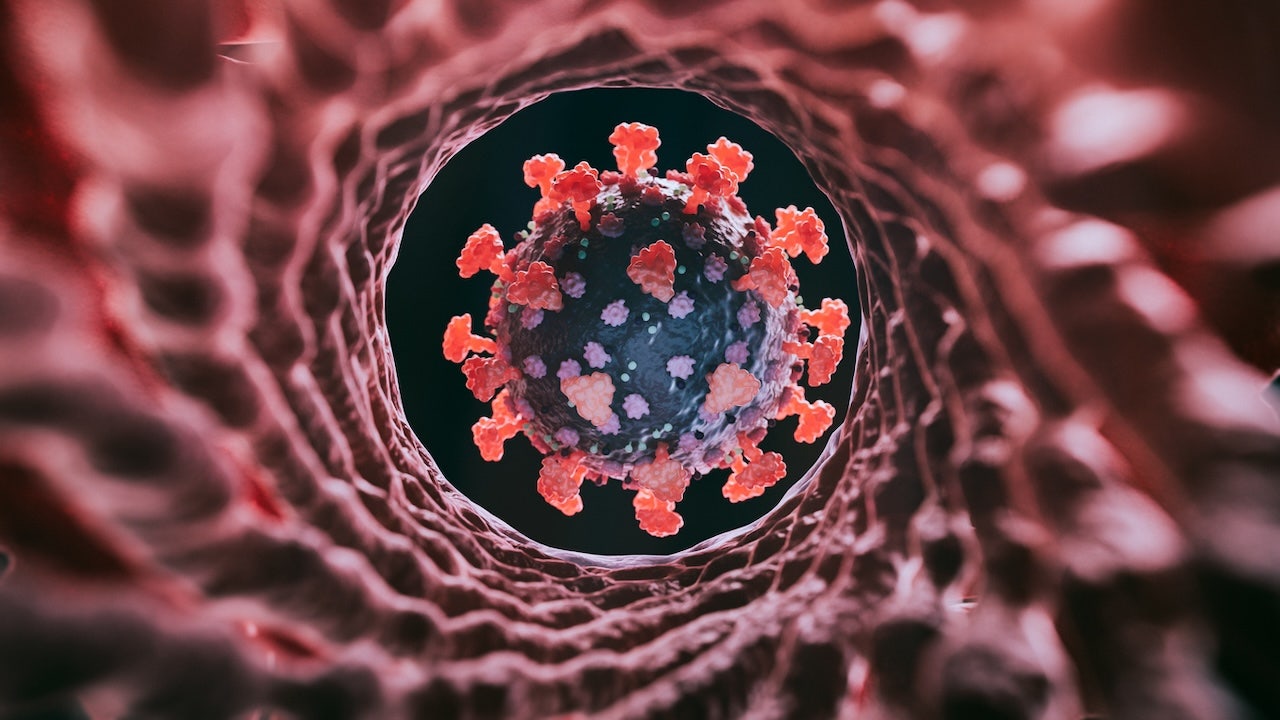Heliobas Disciple
TB Fanatic

Latest COVID variant, XEC, has spread to half of US states, reports say
The latest strain of the COVID-19 virus, XEC, is circulating across the country. The new variant has been reported in at least 25 U.S. states, according to reports.
Latest COVID variant, XEC, has spread to half of US states, reports say
The mutated strain poses ‘no unique concern,’ according to infectious diseases expert
By Melissa Rudy , Angelica Stabile
Published September 20, 2024 8:17pm EDT
The latest strain of the COVID-19 virus, XEC, is circulating across the country.
The new variant has been reported in at least 25 U.S. states, according to data from the Global Influenza Surveillance and Response System (GISRS), as WebMD reported.
Some of the states with the highest cases — 10 or more each — include California, New Jersey and Virginia, the data showed.
As of Friday, the variant is not yet being tracked by the U.S. Centers for Disease Control and Prevention (CDC) or the World Health Organization (WHO).
KP.3.1.1 is still considered the "predominant variant" of the virus, according to the CDC’s website.
Jake Glanville, PhD, an infectious diseases expert and CEO of Centivax in San Francisco, California, told Fox News Digital that XEC represents a shuffling of two descendants of last year’s JN.1 strain.
"Coronaviruses are mutating continuously, so when new strains become dominant, it tends to be because that strain has an infection or transmission advantage over all the other circulating mutant strains out there," he told Fox News Digital during an on-camera interview.
XEC is an example of such a new, mutated strain, the doctor confirmed.
Last month, the U.S. Food and Drug Administration (FDA) approved updated COVID-19 vaccines from Moderna and Pfizer for the 2024-2025 season. (Reuters/Dado Ruvic/Illustration/File Photo)
"So far, it doesn't appear to have any distinct symptoms or mode of infection," Glanville said.
"It might be a little more infectious than some other strains, which is why it's becoming dominant, but there's no unique cause for concern for the public."
The current vaccines are based on the KP.2 strain, which itself is also a descendant of JN.1 and a reasonable match for XEC, Glanville noted.
"As XEC doesn’t appear to have any unusual infection symptoms, and is pretty similar to the vaccine strains chosen by the FDA this year, XEC is not a unique concern at this time," the expert said.
"It's something that vaccine developers monitor to try to understand at what point they need to make a new vaccine, because eventually XEC or some other strain will mutate enough to escape the current vaccine designs."
"Vaccine makers monitor these strains, because eventually XEC or some other strain will mutate enough to escape the current vaccine designs," an infectious diseases expert said. (iStock)
It's always possible that a new variant will evolve into mutations that cause new types of symptoms, Glanville said, but noted that isn't currently happening with XEC.
"This looks like the coronavirus that we're used to," the doctor said.
Dr. Marc Siegel, senior medical analyst for Fox News and clinical professor of medicine at NYU Langone Medical Center, agreed that the current 2024-2025 vaccines should cover the emerging XEC subvariant.
"Common symptoms include sore throat, congestion, cough, fatigue, nausea and loss of taste," he told Fox News Digital.
Siegel recommends the updated vaccine for the elderly, people who are immunocompromised, those with chronic illness, and young children who did not get previous COVID vaccines.
Last month, the U.S. Food and Drug Administration (FDA) approved updated COVID-19 vaccines from Moderna and Pfizer for the 2024-2025 season.
The updated mRNA vaccines, Comirnaty and Spikevax, were fully approved for people 12 years and older, while the Moderna COVID-19 vaccine and Pfizer-BioNTech COVID-19 vaccine were granted emergency authorization for children 6 months through 11 years of age, according to the FDA announcement.
Fox News Digital reached out to the CDC for comment.
























